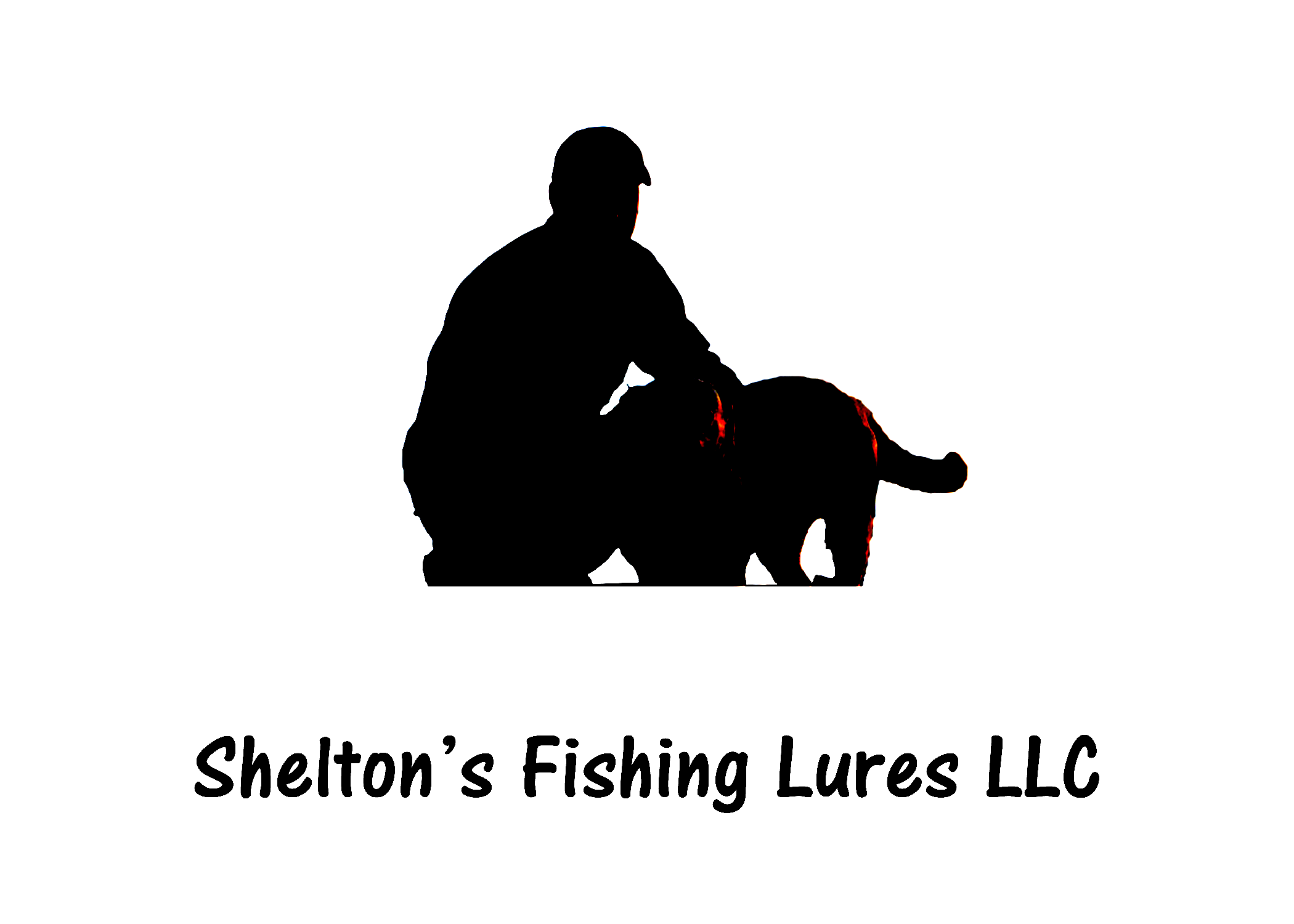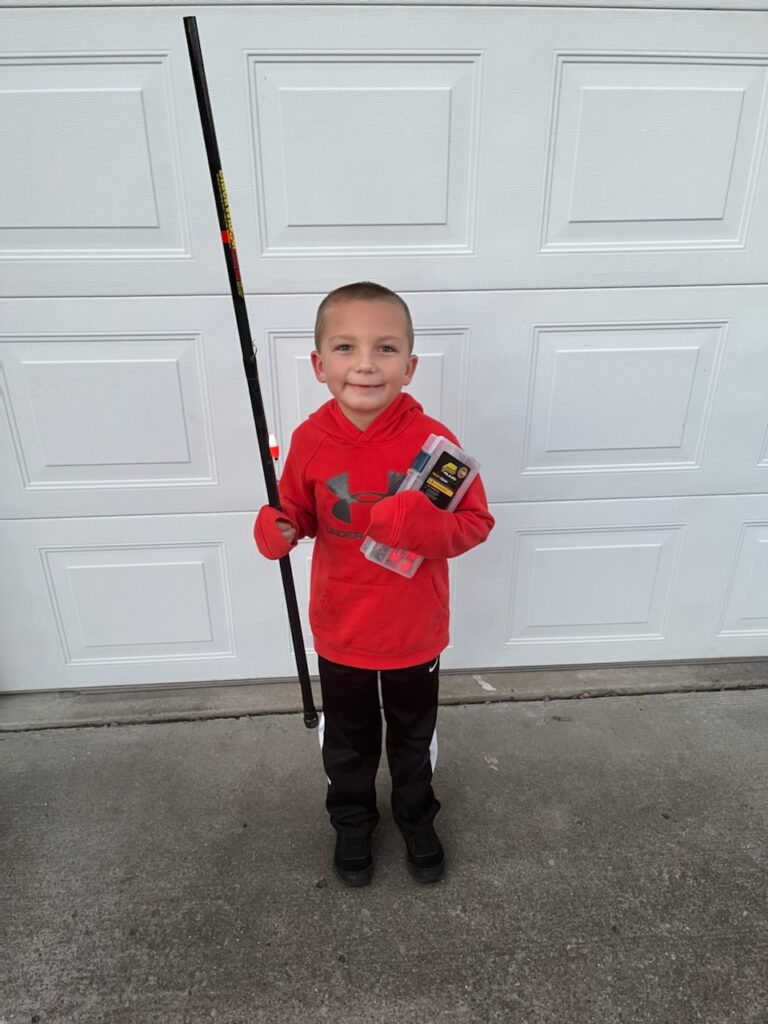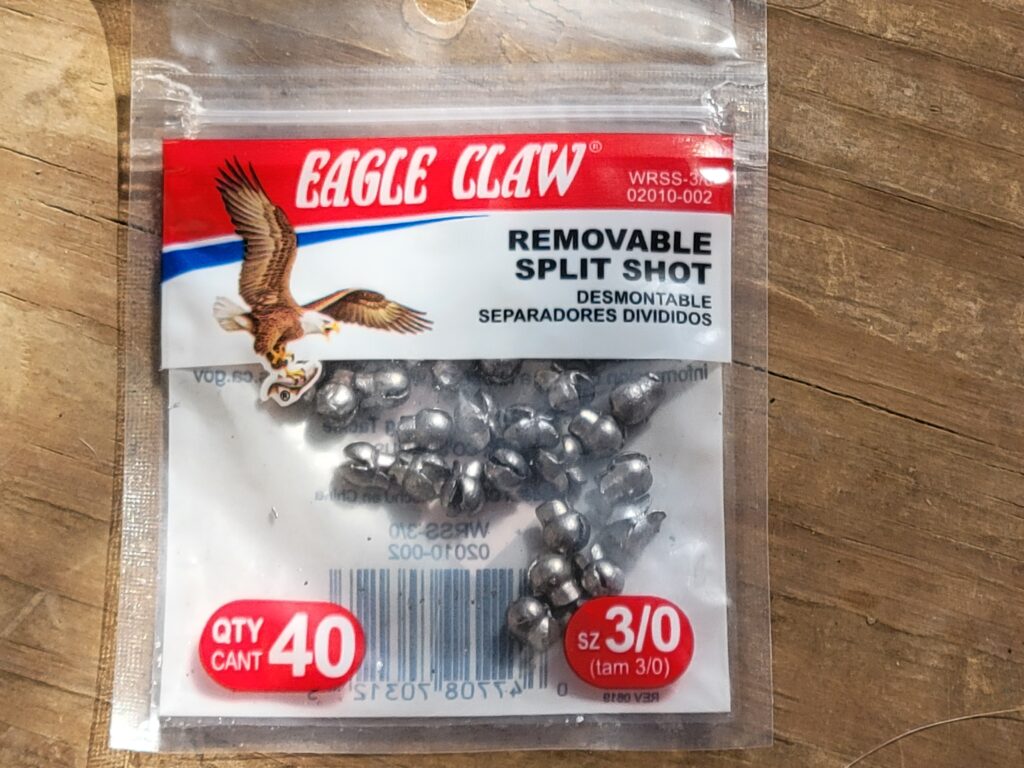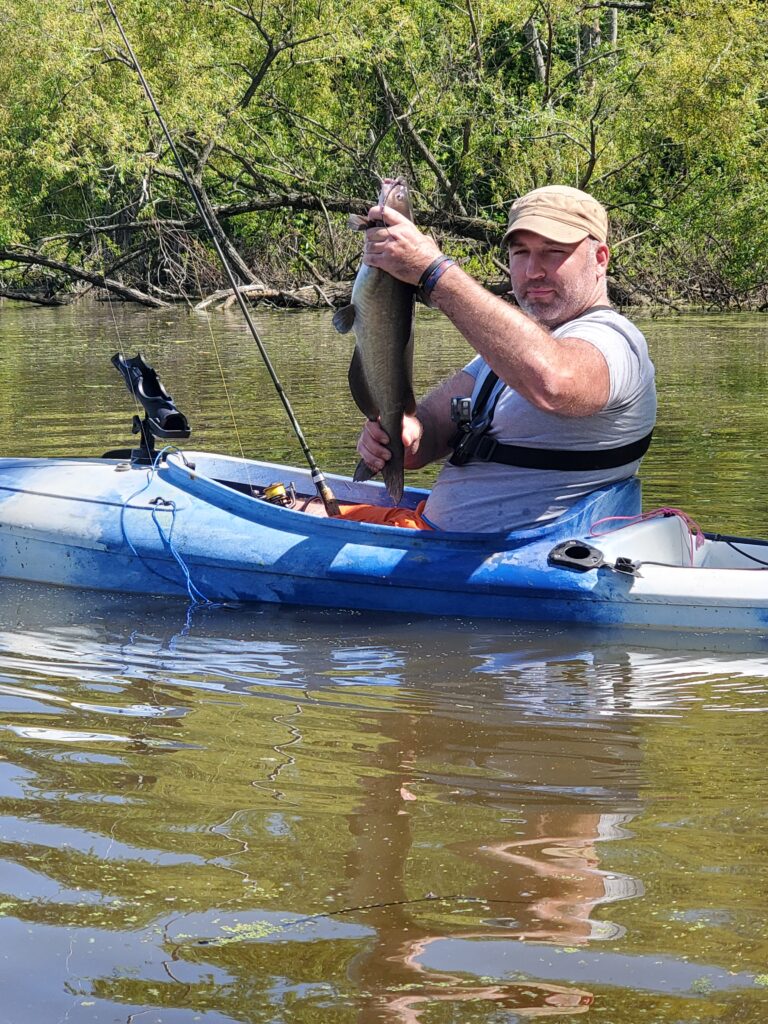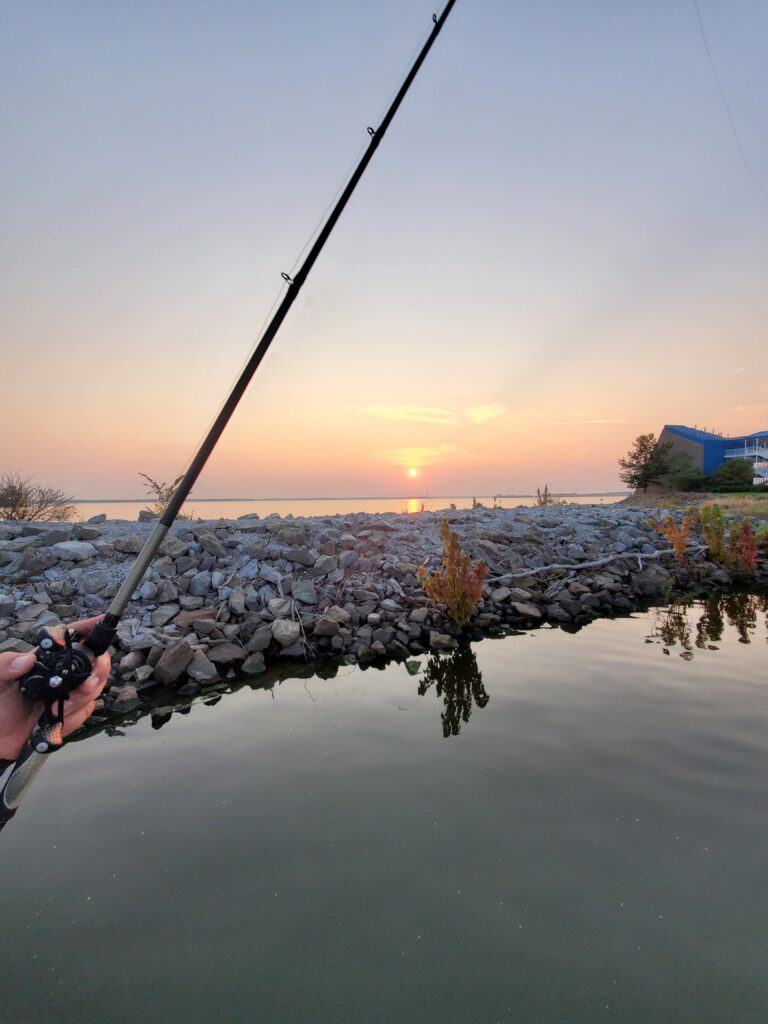Bluegill, catfish, Crappie, Tips and Tricks
Choosing The Right Cork When Fishing
Please note that some of my articles contain pictures of the products that I write about. By clicking on them you will be redirected to my affiliate links where you can purchase the reviewed product. I typically get a small commission off any purchases which helps keep my site growing!
Choosing The Right Cork For The Conditions Can Make A Huge Difference
Call it a “float”, call it a “bobber” but I prefer “cork”
It’s a staple in many angler’s tackleboxes and I’ve used one ever since my grandfather handed me a cane pole to catch sunfish!
Given its simplistic design and relatively cheap price you wouldn’t know it at first glance but…
A cork performs four key functions:
- A Cork Controls Depth
- It Adds Weight For Longer Casts
- It Helps With Bait Presentation
- It Always Creates Huge Excitement When It Begins To Sink!
In This article I will cover in detail how to choose the right “bobber” for the condition!
What Is A Cork’s Purpose?
To fishermen new to the game, A cork is the multicolored floating typically oval shaped object that allows an angler to see when a fish takes their presentation.
It’s been used for as long as mankind has fished in various forms!
They get their name because some of the oldest ones around were made out of natural cork or balsa wood due to its buoyance property. Now a days you will see them in plastic, as well as Styrofoam.
Depending on the model used they attach to the line in a variety of ways.
Some contain snap hooks, while others use a spring load.
You can find some older ones that use a peg and friction and then there’s always slip corks!
In many bait shops and sporting goods stores, you will find a wide variety of designs and sizes. Fear not… If you know what you’re wanting to fish for but don’t know which float to choose, Read On!
What Makes A Cork So Important In Fishing?
As outlined above a cork is very important when fishing specific presentations….
1.) Controlling Depth
The most common reason a fisherman attaches a cork to their line is that they wish to keep their bait off of the bottom and at a controlled depth. If the fish are holding at a foot deep, you can adjust the float to keep the bait right at or just above them.
While a cork can be set at over six foot, in most situations I need to fish over five feet deep, I’ll opt for a slip cork.
2.) A Cork Adds Weight For Long Distance Casting
While not a typical reason for me, A bobber can help with longer distance casts especially if you’re bank fishing and need a little extra mustard on that cast!
Most of these corks have a small piece of lead wrapped around the peg.
3.) A Bobber Can Make Your Bait Work Different Ways Increasing Your Chances Of Getting Bit!
Depending on the fish you’re after and the bait you’re using, as you advance in fishing growth, you can learn to use a cork to achieve a higher degree of success.
For example:
When I bluegill fish with the Shelton’s Phyllis Bluegill Bug, the cork is one of the most important things that contribute to my success. I will cast out and drag the cork back to me with my rod pointed straight up in the air. The float provides the perfect drag on the surface to help me achieve a steady retrieve!
If I’m crappie fishing in the spring I will use a popping cadence making a Shelton’s Curly Tail irresistible!
4.) A Cork Going Under Still Excites Me!
I don’t know of too many fishermen who don’t enjoy using a bobber so they can watch it starts to sink when a fish decides to take your bait!
Often times a fish will begin poking at your lure to see if it really wants to devour it. At this time your cork will begin dunking only to rise back up quickly until the fish finally commits and your cork will disappear completely.
Which Cork Goes Best With Which Application?
The Best Corks for Bluegill Fishing
*If you click on a link or the picture, you’ll be rerouted to amazon. I do earn a very small percentage on any purchase you make which helps me in continuing to share this knowledge!
Cane Pole Bluegill Fishing Cork
If you’re looking for the best cork when bluegill fishing with a cane pole, then you should go with a Thill “Cigar Float”. The depth can be adjusted quickly, and it sits down on the water with next to no noise.
The important thing is to use something small with a low profile. The reason is in most situations when fishing with a cane pole you’ll be fishing ultra-shallow water so the fish will be close to the surface. You don’t want a heavy bobber splashing down scaring your fish!
Rod & Reel Bluegill Fishing Corks
The one thing to keep in mind when choosing the best bluegill float for a rod and reel is finding the right balance of casting distance and making sure you can visually see the cork.
In windy and non-windy conditions when waves are rolling by you will want a bluegill bobber with a tip that sits up high. The best option here for my money is a Silanon Wood Float with a spring attachment.
The spring attachment is really simple to attach your line to. You just push the spring down exposing a carved-out notch, place your line inside the notch, and then the friction caused by the spring moving back into place will secure your depth!

Weighted corks are great for bluegill fishing because they are heavy and very aerodynamic. Their only real drawback is that when they land on the water they can cause quite a bit of splash, potentially scarring the fish!
THKFISH carries a great lineup to handle these conditions. My personal favorite series is the “THKFISH Fishing Floats and Bobbers Balsa Wood Floats Spring Bobbers with Lead Oval Stick Floats Slip Bobbers”

The Best Corks To Use Crappie Fishing
The Best Stationary Cork For Crappie Fishing
The best float style for crappie fishing looks like a half of a traditional style stand up bobber. It adds great action to any artificial presentation when popping or waking your cork back at you. There are many brands that fit this category but one of my favorites is the JSHANMEI Fishing Bobber Fishing Floats Slip Bobbers for Fishing Balsa Wood Floats Spring Bobbers Oval Stick Slip Floats
The lower profile allows for easier casts under docks as well!
If you’re more of a slip cork fan for crappie fishing, I did an entire article on it here.
KRAZYWOLF makes some of the best slip corks around!
The Best Corks For Channel Catfishing
It’s hard to not fall in love with catfishing! It’s one of my favorite sports fish to catch.
Every May my grandfather and I will grab a box of leeches and head for some riprap at Rend Lake in southern Illinois. Our preferred method of fishing for them is your standard hook, split shot, and cork. Our fish range from a pound to over ten pounds!
Through the years of catching thousands of catfish, we’ve come to the conclusion that the Thill Night ‘N Day Glow Float Balsa Wood Fishing Bobber, Fishing Gear and Accessories, 3/4″ Oval, Spring Float suits us just fine!
The Best Cork For Flathead Fishing
Flathead cork you say??? Absolutely! We use live bluegill so you can’t have a small bluegill cork running all around as you’ll never know when the big cat gets on your line!
The South Bend Catfish Pole Float was designed for this purpose!
One great thing about Flathead fishing with a large cork is that when the bluegill feels threatened you will see it start bobbing signaling a struggle is about to commence!
Conclusion
At first glance to a novice, a cork is a cork…but as you’ve hopefully learned by now, the different styles all play rolls in developing your fishing skills. While my list is my own personal favorites, always tailor your fishing equipment to your style, just remember…A Cork, a bobber, or a float (whatever you call it) is an important tool in your tacklebox!
